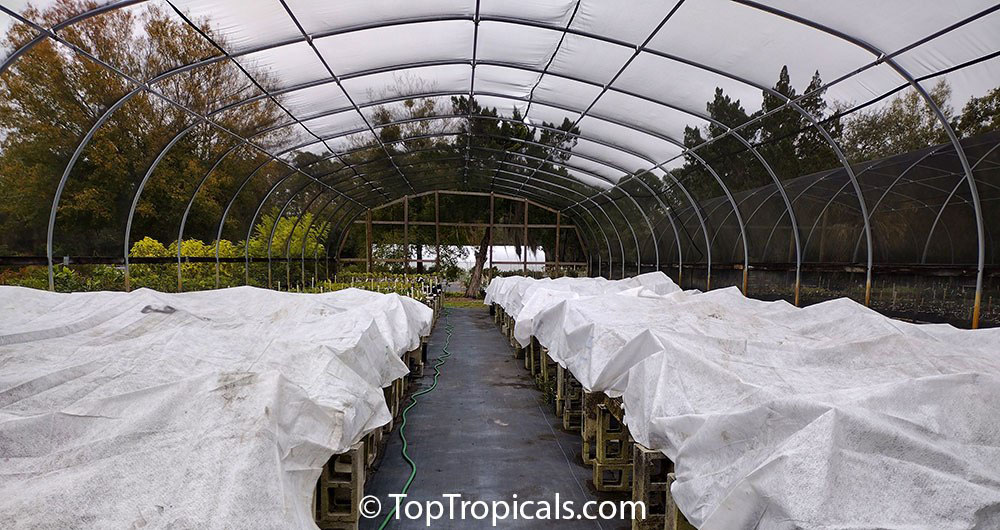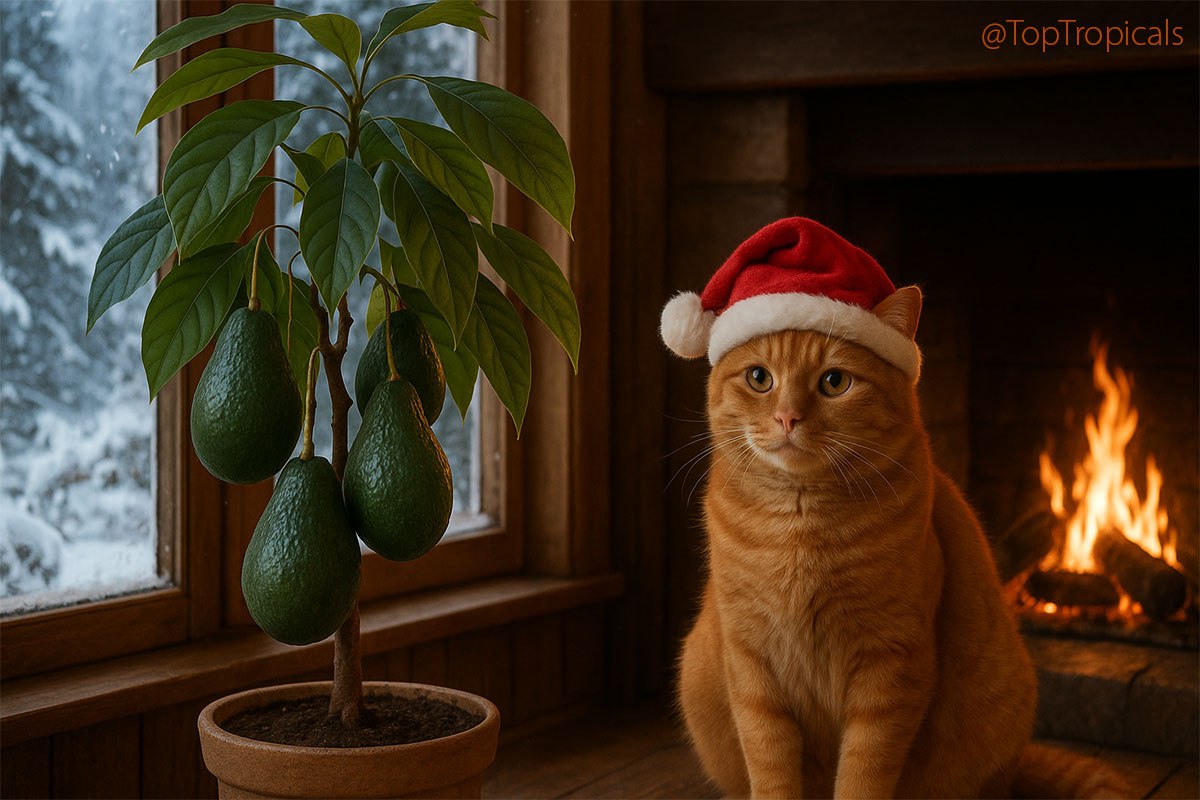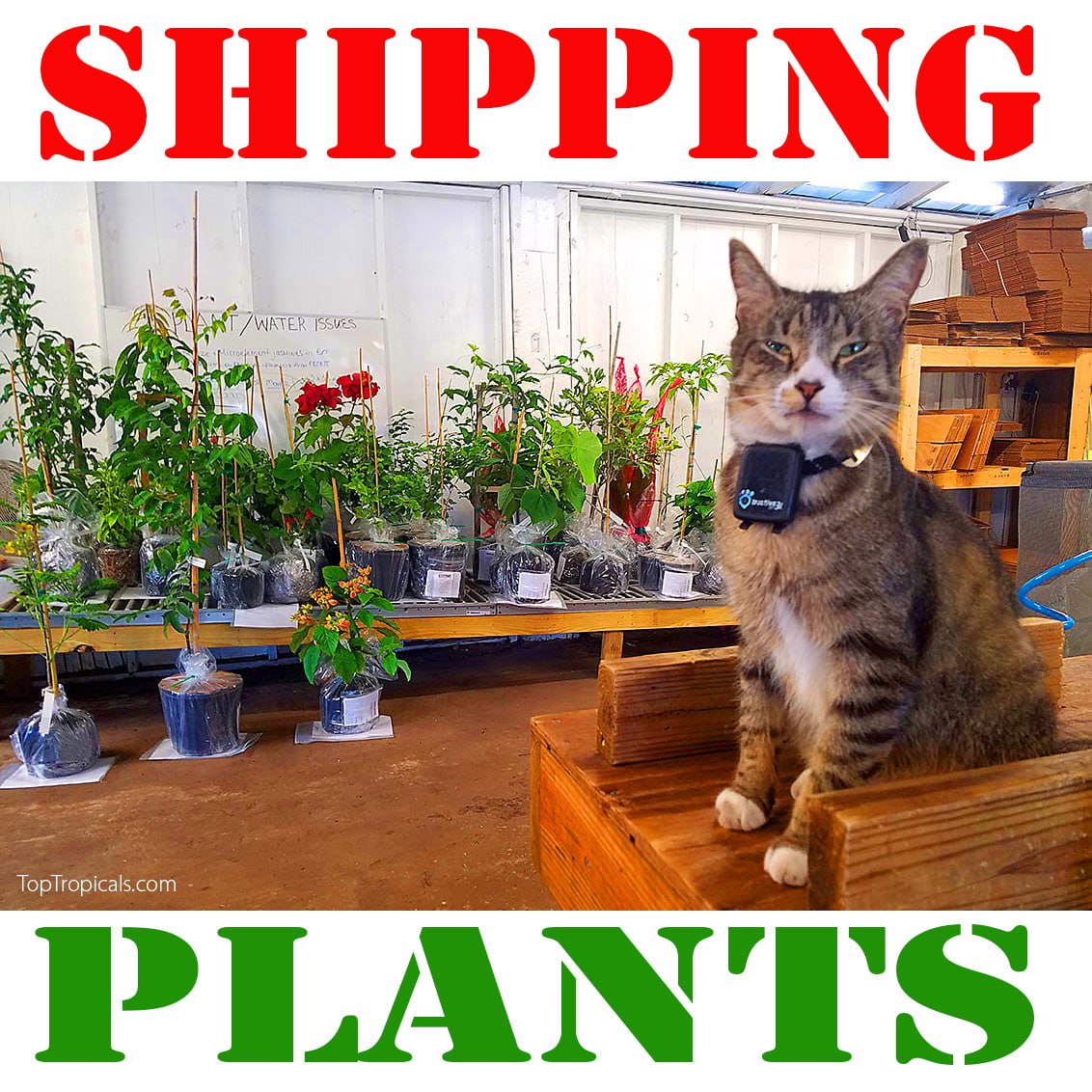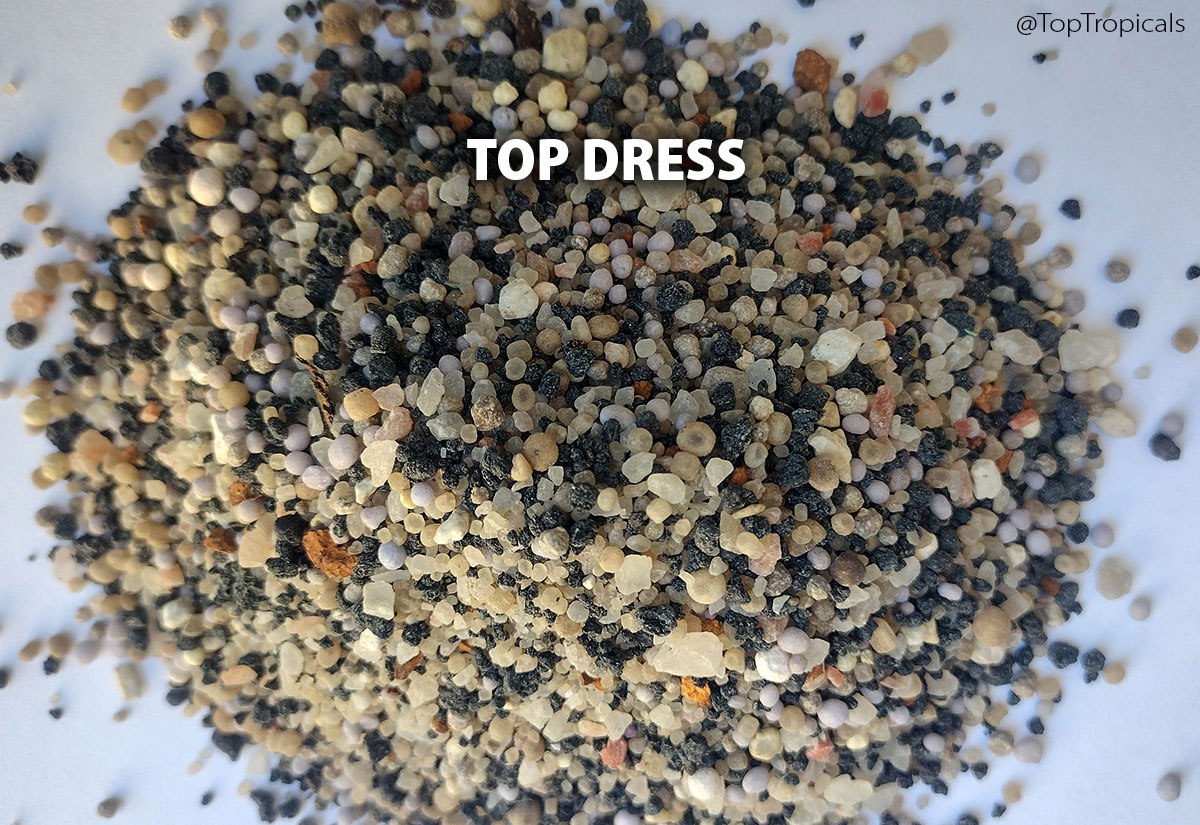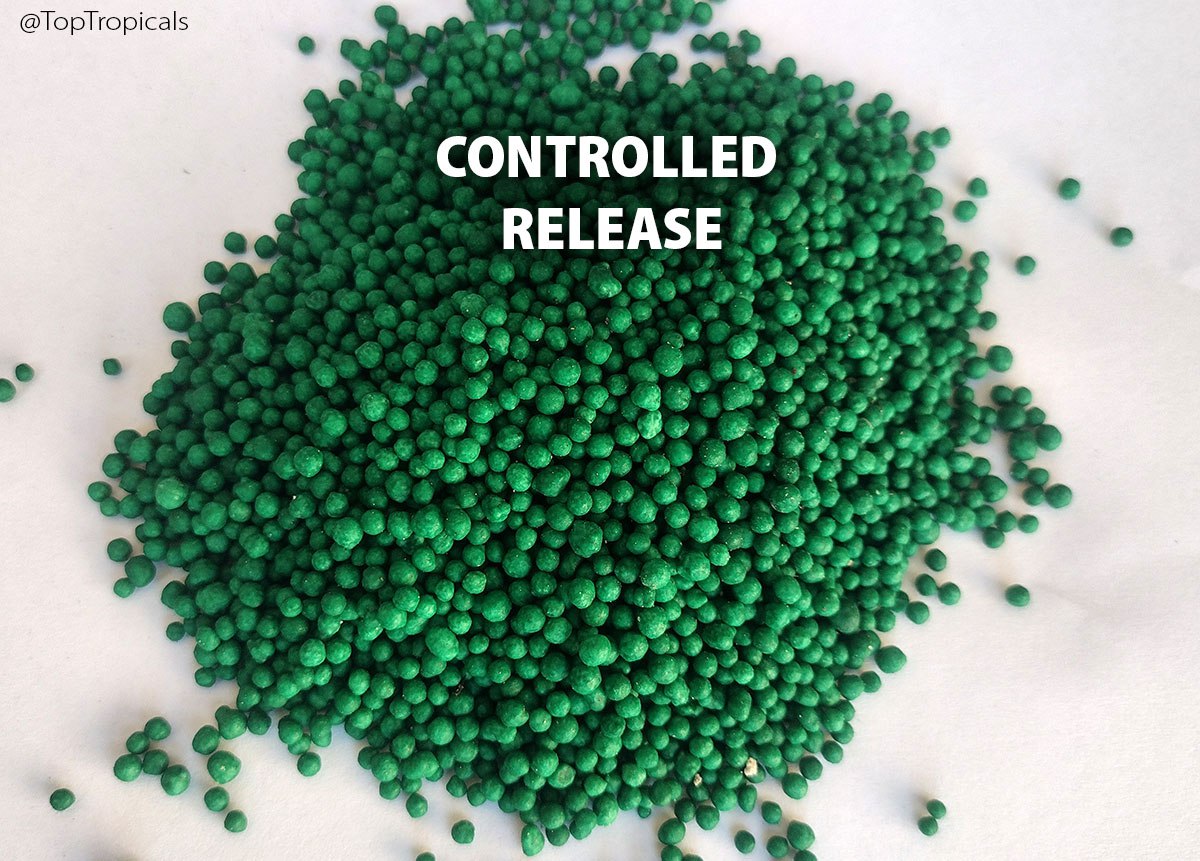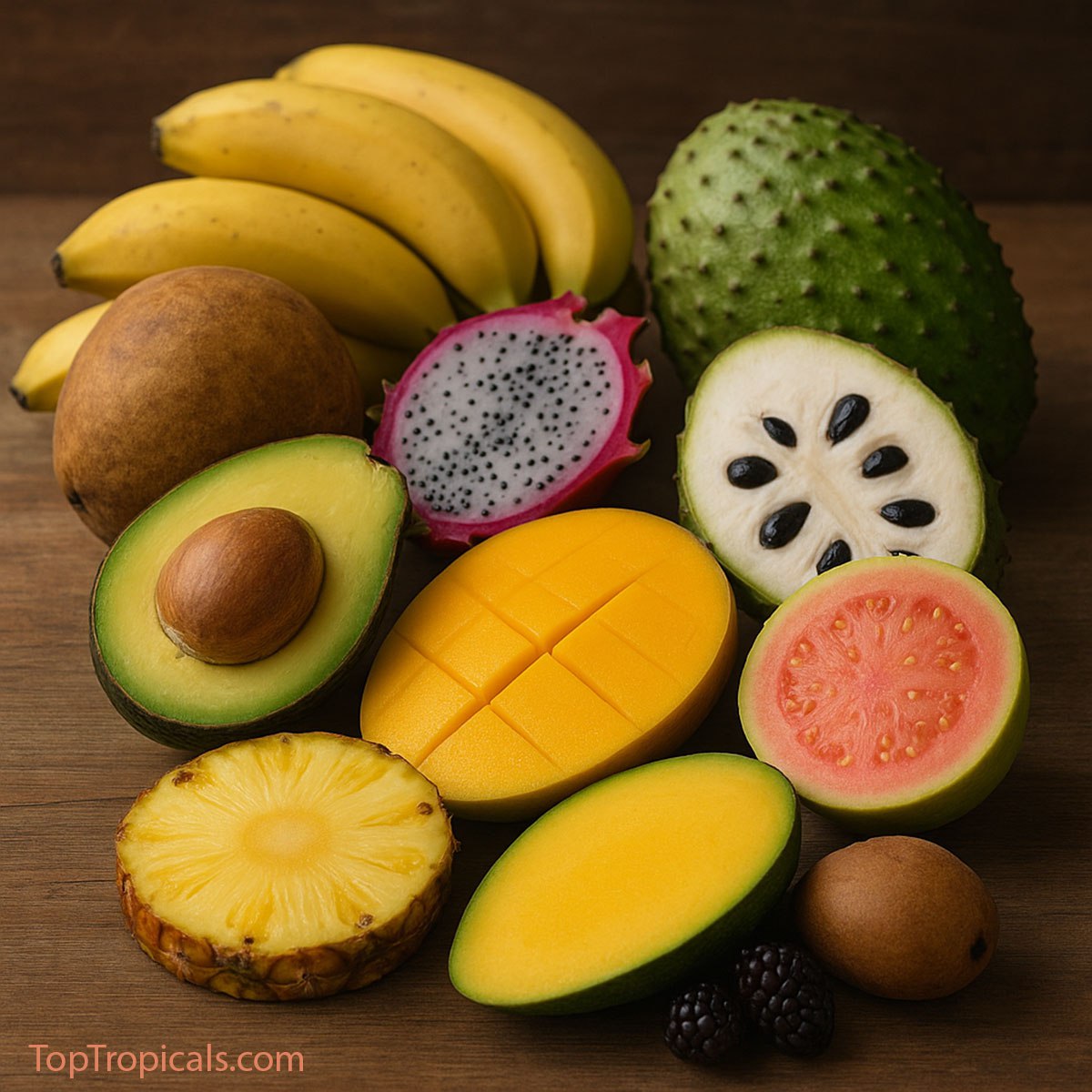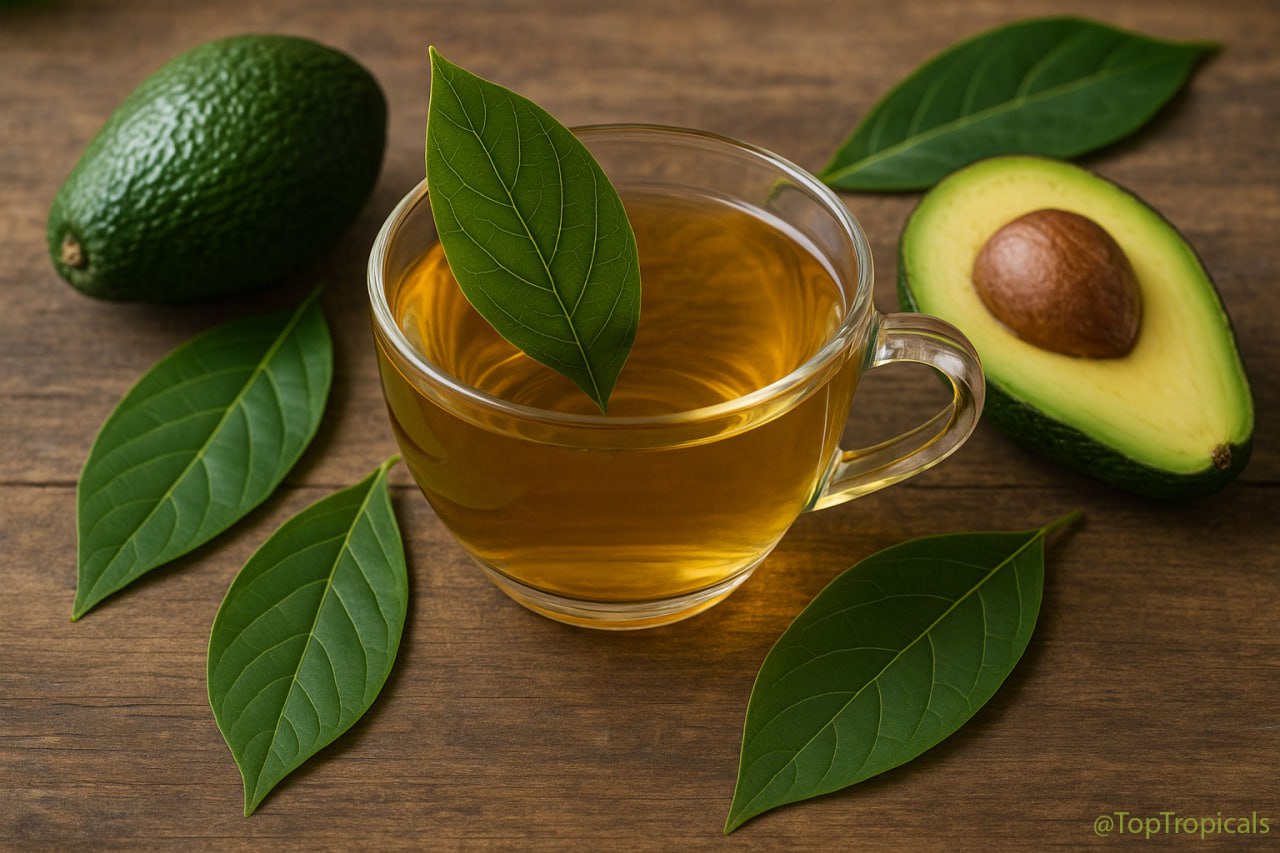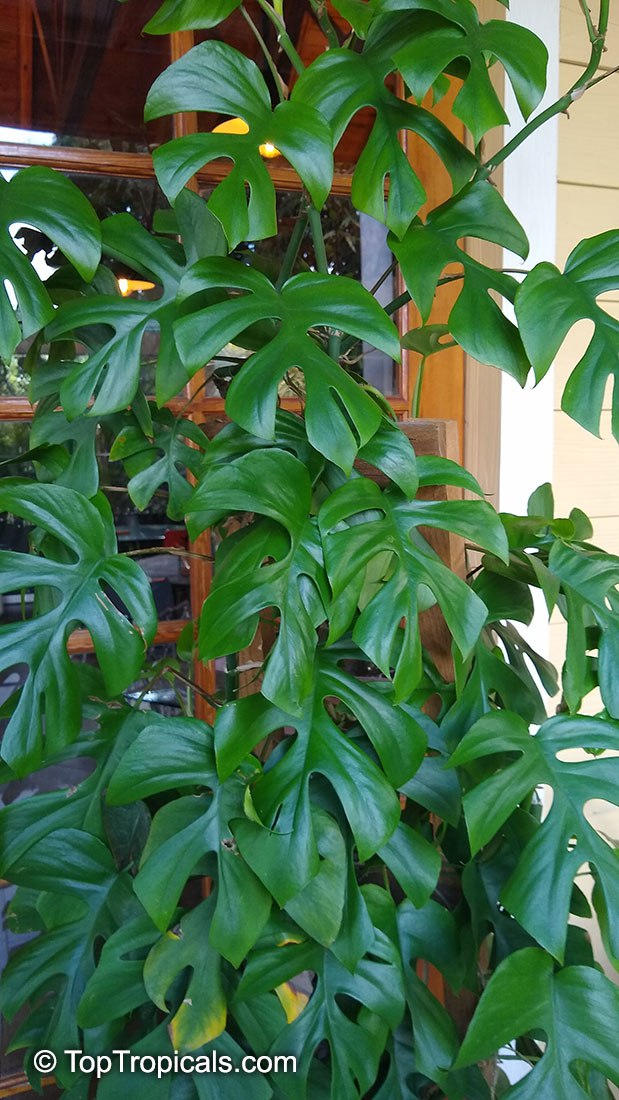Garden Blog - Top Tropicals
How to keep your house plants beautiful all year by feeding them right
🍀 How to keep your house plants beautiful all year by feeding them right
With the right diet, your house plants stay green, strong, and beautiful year-round. Feed them well, and they reward you every day.
📸 In the photo: Indoor garden of Marina Rybka, Israel, the Editor of TopTropicals.
🛒 Get your plants some food
📚 Learn more:
📱 What are Sunshine Boosters
#Fertilizers #How_to
🟢 Join 👉 TopTropicals
- 🌱 Healthy house plants are not just about light and water. They need food, just like we do. A good fertilizer routine keeps them green, strong, and blooming through every season. Here is a simple guide to feeding indoor plants the right way.
- 🌱 General rules for fertilizing house plants
- ▪️Feed lightly but regularly. Indoor plants grow in limited soil, so nutrients run out faster. Small, frequent feedings work better than one heavy dose.
- ▪️Never fertilize dry soil. Water first, then feed.
- ▪️Reduce feeding in winter when growth slows.
- ▪️Watch your leaves. Pale, yellow, or slow-growing plants are asking for nutrients.
- ▪️Use a complete formula. House plants need both macro-elements (N-P-K) and micro-elements, not just nitrogen.
- 🌱 What fertilizer to use
- 🌱 The simple routine
Sunshine Boosters - the everyday diet.
Sunshine Boosters are simple, balanced liquid fertilizers you mix with water. They give your plants everything they need for steady, healthy growth. They contain the right blend of nitrogen, phosphorus, potassium, and trace minerals. They do not contain harsh chemicals, so they are safe for homes with pets and kids. Regular use keeps plants growing faster, stronger, and more resilient to stress.
Sunshine Superfood - the vitamin supplement.
If a plant turns yellow or looks weak, it often needs micronutrients. These are the plant version of vitamins, including iron, zinc, copper, and manganese. Sunshine Superfood delivers these quickly and in the right proportions. Mix it with water and apply when you notice yellowing or slow growth. It corrects deficiencies fast and keeps leaves lush and green.
Green Magic - the long-term slow feeder.
Green Magic is a controlled-release fertilizer that works for six months. It uses poly-on coating technology to release nutrients slowly, without burning roots. It is perfect for repotting or for plant owners who want a set-it-and-forget-it option. Mix one teaspoon per gallon of soil during repotting or every six months. Excellent for container fruit trees and ornamentals that need steady feeding.
- ▪️For regular watering: use Sunshine Boosters.
- ▪️Once a month: add Sunshine Superfood to prevent yellowing.
- ▪️Every six months: mix Green Magic into the soil for long-term support.
With the right diet, your house plants stay green, strong, and beautiful year-round. Feed them well, and they reward you every day.
📸 In the photo: Indoor garden of Marina Rybka, Israel, the Editor of TopTropicals.
🛒 Get your plants some food
📚 Learn more:
- ▫️Why do you need Sunshine Boosters?
- ▫️Which dry fertilizer to use - slow release or controlled release?
- ▫️Green Magic effect: before and after
- ▫️The SECRET growers never tell you: simple trick how to bring plants back to life and keep green
📱 What are Sunshine Boosters
#Fertilizers #How_to
🟢 Join 👉 TopTropicals
How to bring butterflies in your garden with Ditchmans Pipe
Aristolochia trilobata - Birthwort Dutchman's Pipe
How to bring butterflies in your garden with Ditchmans Pipe
🛒 Bring butterflies to your garden!
📚 Learn more:
#Butterfly_Plants #Hedges_with_benefits #How_to
🟢 Join 👉 TopTropicals
- 🐙 Aristolochia trilobata - Birthwort Dutchman's Pipe, is one of the most striking butterfly plants. The brown-and-green, pitcher-shaped flowers with long striped tails look like something from another world, and the glossy lobed leaves give the vine a bold, tropical look.
- 🐙 What makes this plant truly special is how butterflies respond to it. They are drawn to the scent of the flowers and use the vine as a host plant, laying their eggs on the leaves. If you want butterflies, this is one of the easiest ways to bring them in and support their full life cycle.
- 🐙 This vine is tough and adaptable. It grows well in subtropical climates, handles low light, and can even be kept indoors. Give it a trellis or a fence and it quickly turns into a showpiece.
- 🐙 Beautiful, unusual, and a butterfly favorite - Dutchmans Pipe is a natural magnet for life in your garden.
🛒 Bring butterflies to your garden!
📚 Learn more:
- ▫️Dutchman's Pipe - the best butterfly attracting vine
- ▫️Giant Pelican Flower
- ▫️Giant, coolest looking flower
#Butterfly_Plants #Hedges_with_benefits #How_to
🟢 Join 👉 TopTropicals
What to do and not to do before a cold snap?
What to do and not to do before a cold snap?
Growing tropical plants outdoors? Here are a few practical notes for your cold protection guide.
⭕️ 5 things to DO to prepare your plants before a cold snap:
1. Water well. A well-hydrated plant is stronger. Juicy stems and leaves handle cold better than dry ones.
2. Add mulch. A thick layer around the base helps insulate the roots and keep them warm.
3. Block the wind. Move pots to a sheltered spot or set up a windbreak.
4. Cover at night, uncover by day. Use frost cloth, blankets, or plastic at night - but remove during the day so plants don’t overheat in the sun and can get as much light as possible.
5. Add gentle heat if needed. Christmas lights or a small heater can help - just use caution and make sure everything is safe.
❌ 5 most common mistakes, what NOT to do before or during a cold snap:
1. Don’t prune. Fresh cuts and new growth are tender and will freeze first.
2. Don’t overwater. Cold and soggy roots can rot. Keep soil moist, not soaked. Water just enough to quench the plant’s thirst and fill stems and leaves with moisture. Cold and wet is a dangerous combination.
3. Don’t let plants dry out either. Wilted, thirsty plants are more likely to suffer cold damage. Cold and dry can be just as harmful as cold and wet.
4. Don’t use dry fertilizer. It can burn roots in cold soil. A gentle liquid feed like amino-acid Sunshine Boosters is an exception and safe to use with every watering. Its intake naturally slows down as watering decreases.
5. Don’t just watch the thermometer. Duration and wind chill matter. A long cold night with wind can do more harm than a brief freeze.
✔️ Keep these in mind, and your plants will thank you when the cold passes!
#How_to
🟢 Join 👉 TopTropicals
Growing tropical plants outdoors? Here are a few practical notes for your cold protection guide.
⭕️ 5 things to DO to prepare your plants before a cold snap:
1. Water well. A well-hydrated plant is stronger. Juicy stems and leaves handle cold better than dry ones.
2. Add mulch. A thick layer around the base helps insulate the roots and keep them warm.
3. Block the wind. Move pots to a sheltered spot or set up a windbreak.
4. Cover at night, uncover by day. Use frost cloth, blankets, or plastic at night - but remove during the day so plants don’t overheat in the sun and can get as much light as possible.
5. Add gentle heat if needed. Christmas lights or a small heater can help - just use caution and make sure everything is safe.
❌ 5 most common mistakes, what NOT to do before or during a cold snap:
1. Don’t prune. Fresh cuts and new growth are tender and will freeze first.
2. Don’t overwater. Cold and soggy roots can rot. Keep soil moist, not soaked. Water just enough to quench the plant’s thirst and fill stems and leaves with moisture. Cold and wet is a dangerous combination.
3. Don’t let plants dry out either. Wilted, thirsty plants are more likely to suffer cold damage. Cold and dry can be just as harmful as cold and wet.
4. Don’t use dry fertilizer. It can burn roots in cold soil. A gentle liquid feed like amino-acid Sunshine Boosters is an exception and safe to use with every watering. Its intake naturally slows down as watering decreases.
5. Don’t just watch the thermometer. Duration and wind chill matter. A long cold night with wind can do more harm than a brief freeze.
✔️ Keep these in mind, and your plants will thank you when the cold passes!
#How_to
🟢 Join 👉 TopTropicals
How to protect Avocado from cold and how hardy is it?
❄️ How to protect Avocado from cold and how hardy is it?
Growing Avocado trees in cooler regions is possible with the right variety and care. By choosing Cold Hardy types and protecting them during cold spells, you can successfully grow avocados outside tropical climates. The more mature your tree, the better it handles the cold.
❄️ Protection for young plants
With a little planning and protection, you can enjoy fresh avocados even in cooler climates!
✔️ Check outAvocado Variety Guide interactive chart. Sort them by flower type A or B, tree habit, fruit shape and quality, cold hardiness, origin, season and more!
🛒 Shop Cold Hardy Avocados
📖 Our Book: Avocado Variety Guide, Snack or Guacamole?
📚Learn more:
#Food_Forest #Avocado #How_to
🟢 Join 👉 TopTropicals
Growing Avocado trees in cooler regions is possible with the right variety and care. By choosing Cold Hardy types and protecting them during cold spells, you can successfully grow avocados outside tropical climates. The more mature your tree, the better it handles the cold.
- ❄️ What is Avocado cold hardiness?
Most Avocados are sensitive to frost, but some Mexican varieties can survive lows around 15°F once established, and brief dips near 10°F with good care.
- 👉 Cold tolerance depends on:
- ✦ Duration of cold: Short freezes are easier to survive.
- ✦ Sun exposure: More sun means better cold resistance.
- ✦ Wind protection: Wind can do more harm than temperature alone.
- ✦ Tree health: Regular fertilization, such as Sunshine Boosters, helps strengthen plants.
- ❄️ How to protect avocados from cold
- ✦ Bigger is better: Mature trees resist cold better than young ones.
- ✦ Wind protection: Plant on the south or southeast side of a building for warmth.
- ✦ Good fertilization: Healthy trees are stronger and more resilient.
- ✦ Watering: Water less in winter; overwatering in cold weather can cause root rot.
❄️ Protection for young plants
- ✦ Cover and mulch: Before a freeze, mound mulch around the base and cover with a blanket. Add Christmas lights or a small heater for extra warmth (use caution).
- ✦ Use microclimates: Plant near walls or buildings where it’s warmer and wind is reduced.
With a little planning and protection, you can enjoy fresh avocados even in cooler climates!
✔️ Check outAvocado Variety Guide interactive chart. Sort them by flower type A or B, tree habit, fruit shape and quality, cold hardiness, origin, season and more!
🛒 Shop Cold Hardy Avocados
📖 Our Book: Avocado Variety Guide, Snack or Guacamole?
- ·
📚Learn more:
- · Can I Grow Avocado Outside the Tropics?
- · Avocado Variety Guide
- · How to grow cold-hardy avocados and how cold-hardy are they?
- · Avocado that laughs at frost: Mexicola Grande for cooler climates
- · Cold hardy Avocado Joey: you can eat with the skin
- · Posts about #Avocado
#Food_Forest #Avocado #How_to
🟢 Join 👉 TopTropicals
How we ship plants: quick guide
🚚 How we ship plants: quick guide
If you’re a first-time mail order plant buyer, or just want peace of mind before sending a live plant on its journey in a box, check out these videos. And if you have questions, feel free to ask - we’ll be happy to answer them all!
Rest assured, your plants are in good hands!
🛒 Shop plants online
📚 Learn more:
#How_to
🟢 Join 👉 TopTropicals
If you’re a first-time mail order plant buyer, or just want peace of mind before sending a live plant on its journey in a box, check out these videos. And if you have questions, feel free to ask - we’ll be happy to answer them all!
Rest assured, your plants are in good hands!
- 📱 How do we ship plants? Part 1: prepare the plant
- 📱 How do we ship plants? Part 2: packing in the box
- 📱 How do we ship plants, Part 3: it's Christmas - unwrapping is fun?
🛒 Shop plants online
📚 Learn more:
#How_to
🟢 Join 👉 TopTropicals


